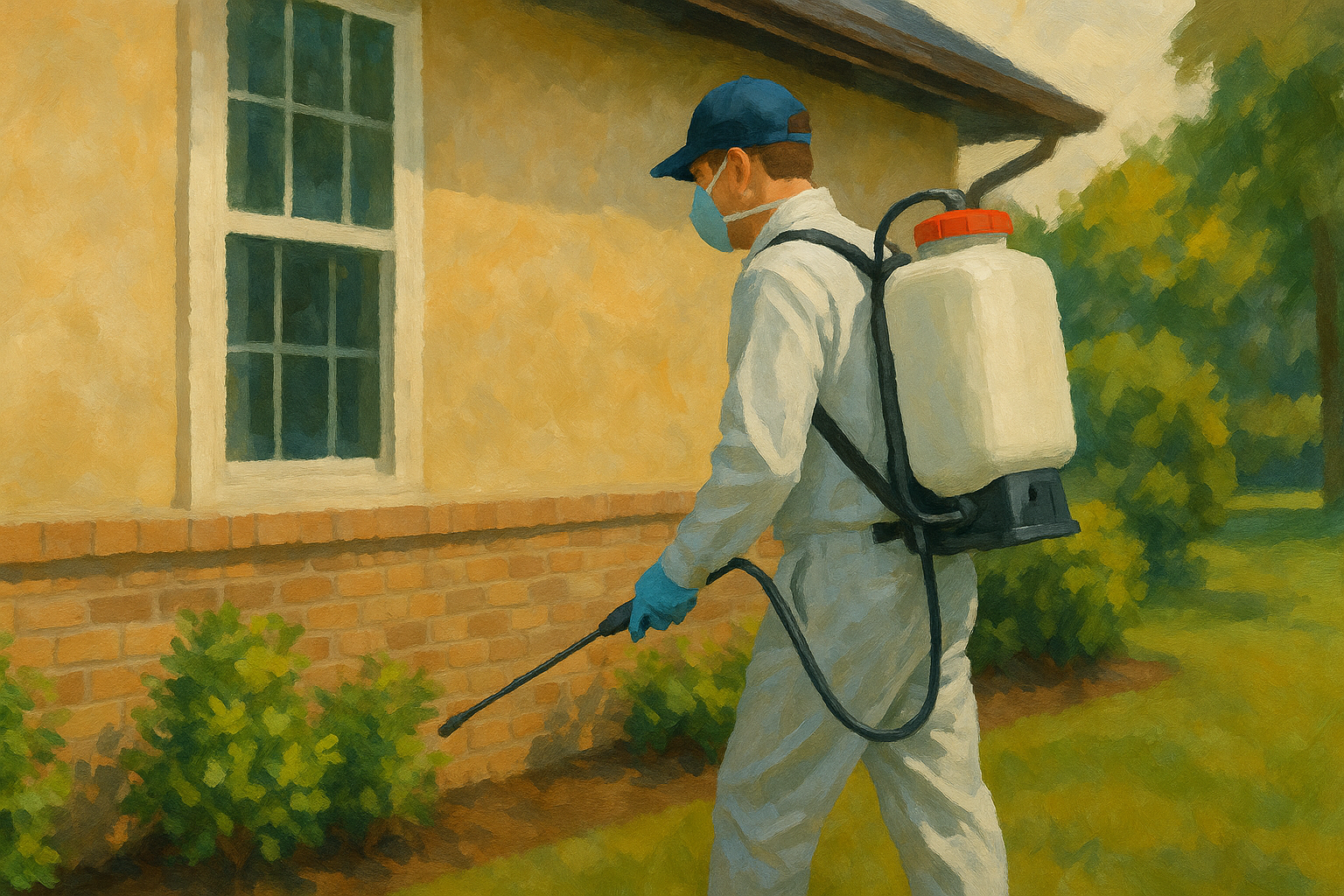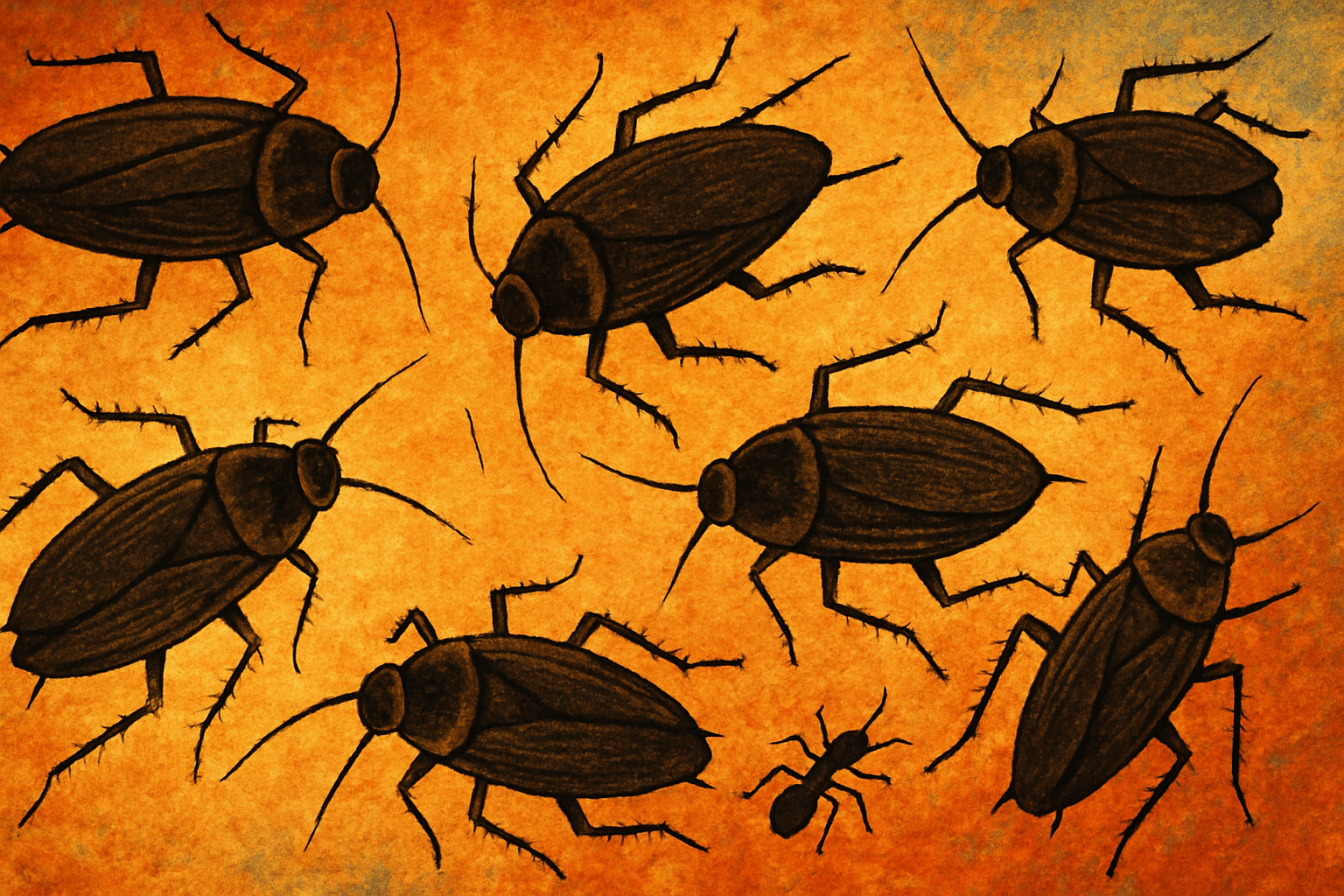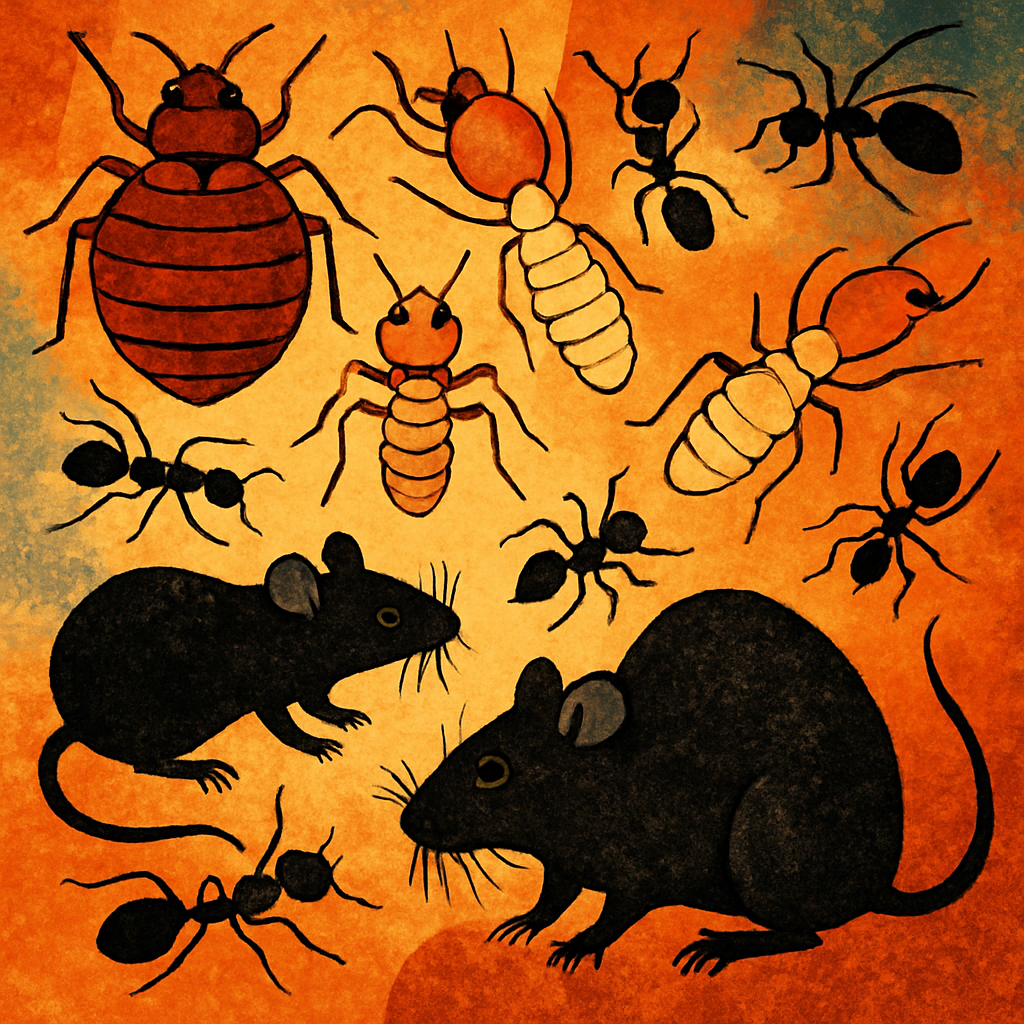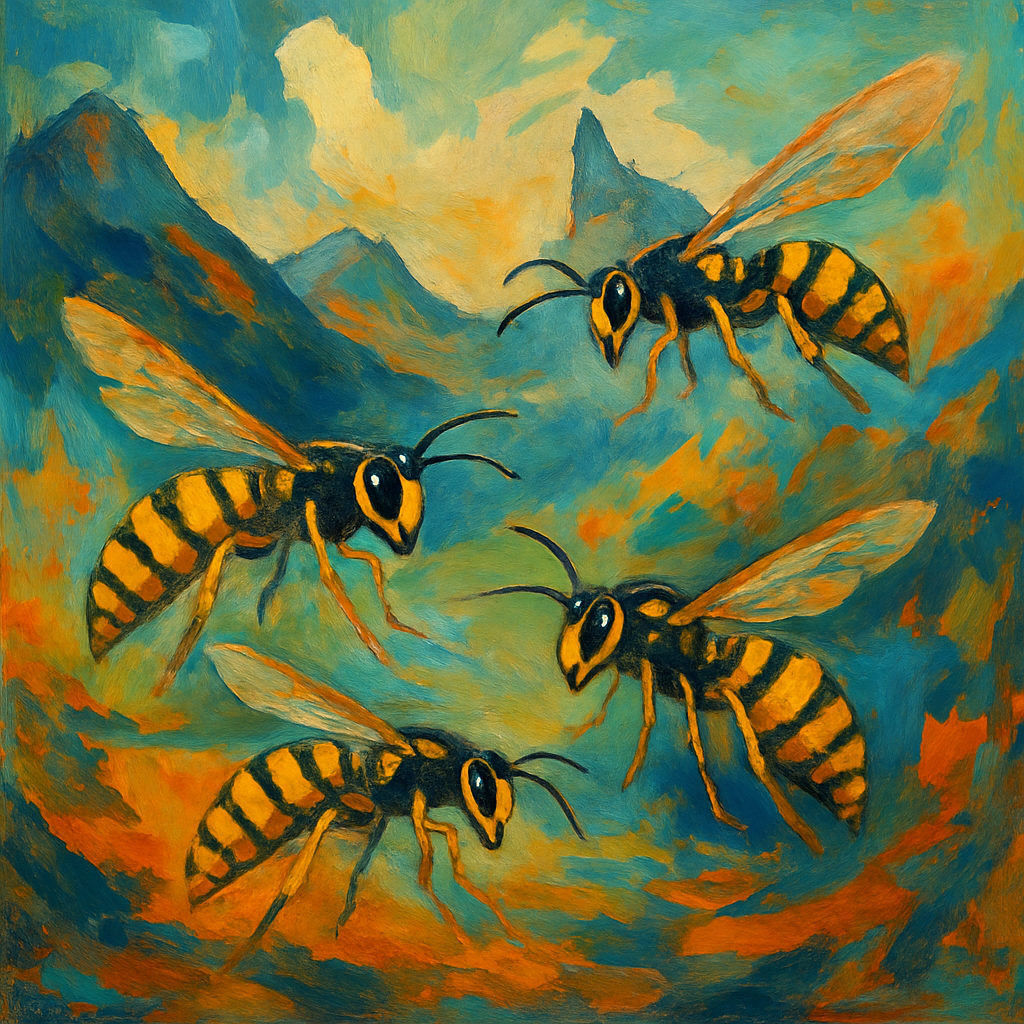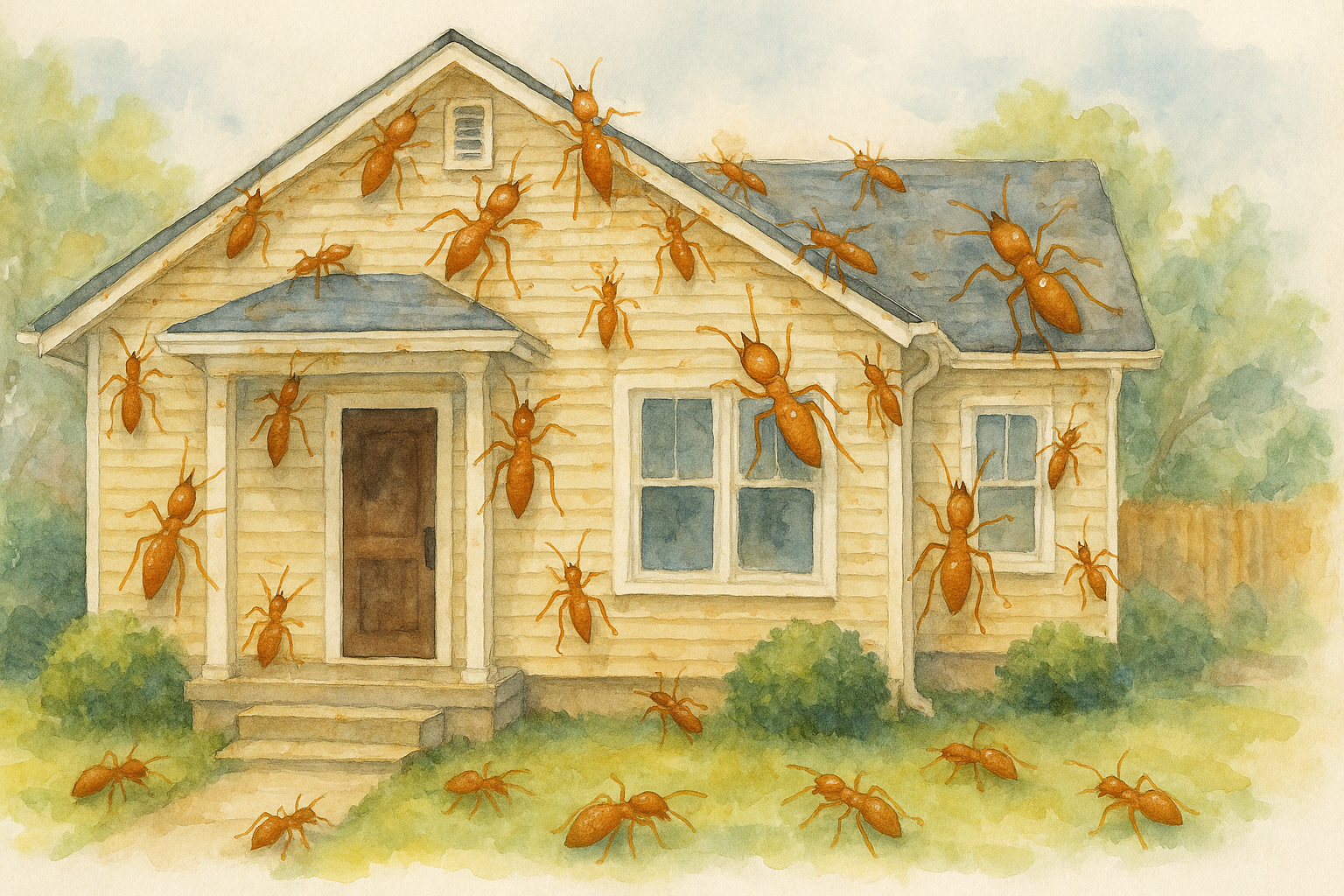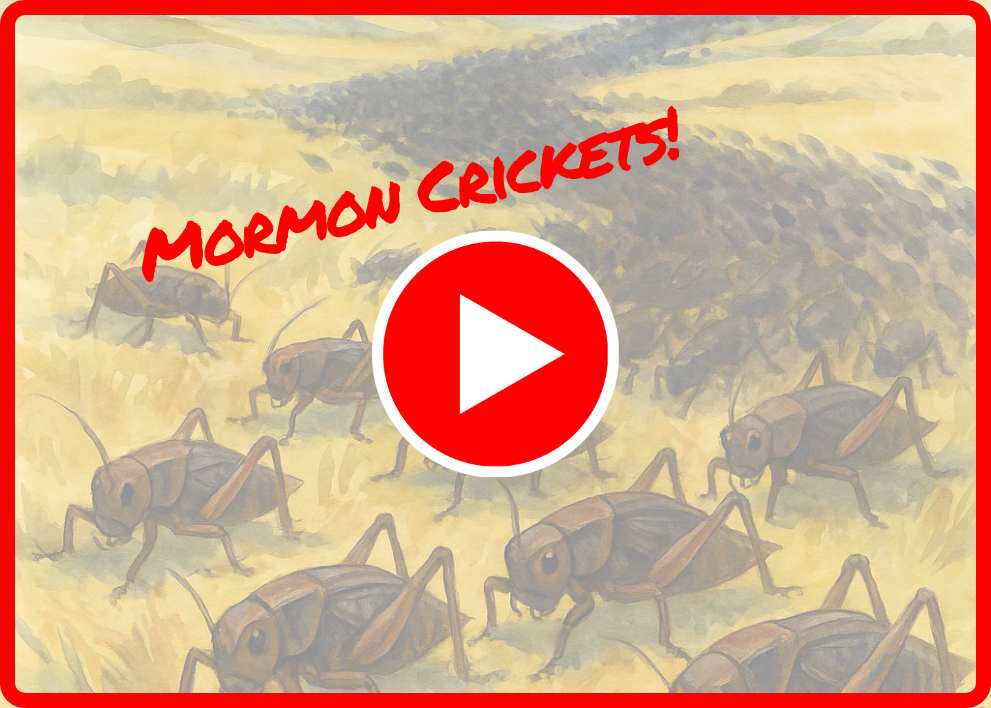House mice (Mus musculus) are among the most widespread pests in urban and rural areas, including in Idaho. While these small rodents may seem harmless at first, their ability to reproduce quickly and adapt to a variety of environments can lead to serious infestations in homes, farms, and businesses. House mice are not only a nuisance but also pose health risks through contamination of food and surfaces with their droppings and urine. Given their resilience and the challenges in controlling their populations, professional pest control is often the most effective solution for dealing with house mouse infestations in Idaho.
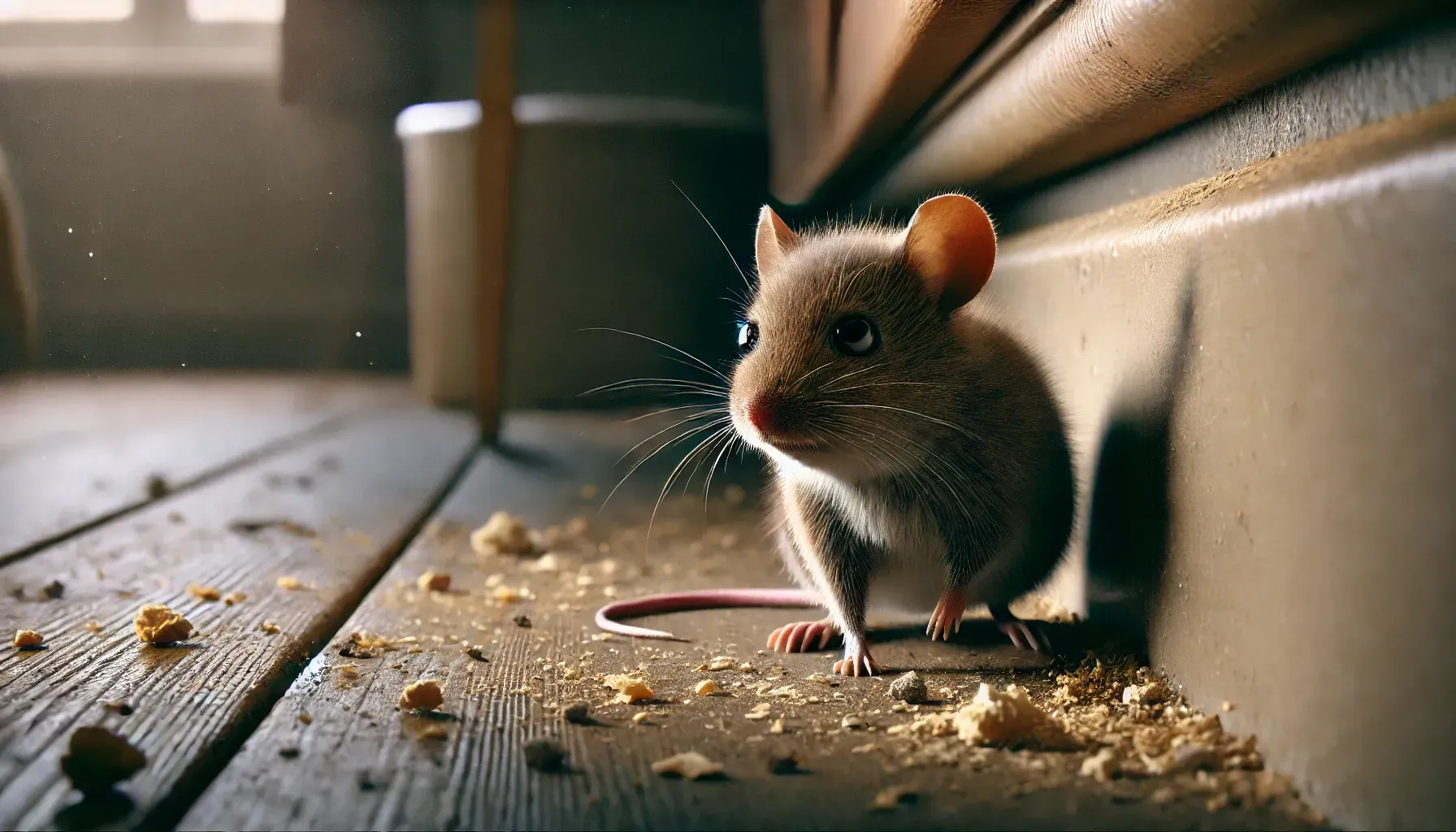
House Mice: Identification and Behavior
House mice are small rodents with grayish-brown fur, large ears, and a long, nearly hairless tail. They are incredibly adaptable and thrive in human environments where they have access to food and shelter. Mice can enter homes and buildings through very small openings, sometimes as narrow as a quarter of an inch. Once inside, they quickly establish nests in wall cavities, attics, and other undisturbed areas.
The house mouse is highly prolific, capable of producing up to 10 litters per year, with each litter containing 5-6 young. This rapid reproduction means that even a small number of mice can quickly turn into a large infestation if not addressed promptly (Dr. Theiler, 1989).
Health Risks Associated with House Mice
One of the primary concerns with house mice is the health risks they pose. Mice can spread diseases such as salmonella, hantavirus, and leptospirosis through their droppings, urine, and saliva. These rodents are also known carriers of parasites like fleas and ticks, which can further increase the risk of disease transmission to humans and pets. Mice contaminate food sources by gnawing through packaging and leaving behind feces and urine, which can result in foodborne illnesses (Bronson, 1979).
In addition to spreading disease, the presence of mouse droppings and urine can trigger allergic reactions and exacerbate asthma symptoms, especially in children. The high reproductive rate of house mice means that infestations can grow quickly, leading to increased health risks if not addressed promptly.
Signs of a House Mouse Infestation
Detecting an infestation early can help prevent the population from getting out of control. Common signs of a house mouse infestation include:
- Droppings: Mouse droppings are small, dark, and rod-shaped, often found in areas where mice are active, such as along baseboards, in cabinets, and near food sources.
- Gnaw Marks: Mice will gnaw on wires, wood, and plastic materials to keep their teeth sharp, leaving behind visible damage.
- Scratching Noises: Mice are most active at night, and homeowners may hear scratching or scurrying sounds within walls, ceilings, or attics.
- Nests: Mice build nests using materials like shredded paper, insulation, and fabric. Nests are usually hidden in dark, undisturbed areas such as attics or wall voids.
- Tracks and Smudge Marks: Mice tend to follow the same routes, leaving behind grease marks from their fur along walls and floors.
Why Professional Pest Control Is Necessary
While DIY methods like traps and poisons may work for small infestations, professional pest control is often required for more severe or recurring problems. Here’s why:
- Comprehensive Inspection and Treatment: Professional pest control services conduct thorough inspections to identify the source of the infestation and the extent of the problem. They also locate and seal potential entry points, preventing further infestations.
- Expert Use of Rodenticides and Traps: Professionals have access to more effective and targeted rodenticides and traps that can be used safely around pets and children. They also know where to place these devices for maximum efficiency, targeting the areas where mice are most active.
- Long-Term Prevention: Pest control companies often offer ongoing monitoring and prevention services to ensure that mice do not return. This can be especially valuable in rural or agricultural areas where mice are more likely to invade homes and outbuildings.
- Health and Safety Compliance: Professional exterminators adhere to strict safety and environmental regulations when using rodenticides and other control measures, ensuring that the treatment is safe for both humans and the environment (Witmer & Jojola, 2006).
Preventing Future Infestations
In addition to professional pest control, homeowners can take proactive steps to prevent future infestations. These include:
- Sealing Entry Points: Inspect your home for any cracks or gaps around doors, windows, pipes, and vents, and seal them with caulking or weatherstripping.
- Maintaining Cleanliness: Keep food stored in airtight containers and clean up spills and crumbs promptly to reduce food sources for mice.
- Eliminating Clutter: Reduce clutter in basements, attics, and storage areas, as mice are more likely to nest in undisturbed spaces.
- Trimming Vegetation: Keep bushes and trees trimmed away from the exterior of your home to reduce the number of hiding places for mice.
Hit The Road, Mice!
House mice are a common and persistent pest in Idaho, capable of causing significant health risks and property damage. While DIY methods may control small infestations, professional pest control is often necessary to eliminate larger problems and prevent future infestations. By combining expert treatment with preventive measures, homeowners can protect their homes and families from the risks posed by house mice.
Works Cited
Bronson, F. (1979). The Reproductive Ecology of the House Mouse. The Quarterly Review of Biology, vol. 54, pp. 265-299. https://www.journals.uchicago.edu/doi/10.1086/411295.
Dr. Theiler, K. (1989). The House Mouse. https://link.springer.com/book/10.1007/978-3-642-88418-4.
Witmer, G., & Jojola, S. (2006). What’s Up with House Mice? A Review. University of California, pp. 124-130. https://escholarship.org/uc/item/64r826p6.
Contact Today For $100 Off Your Initial Service!
⭐⭐⭐⭐⭐
Backed by our Bigfoot Guarantee!
What Customers Are Saying:
"Everyone from Bigfoot is awesome. They are always on time. They're extremely thorough. I've not had a single issue in the two years they have been treating our home. Well worth it!"
T. Potter | Meridian, ID
